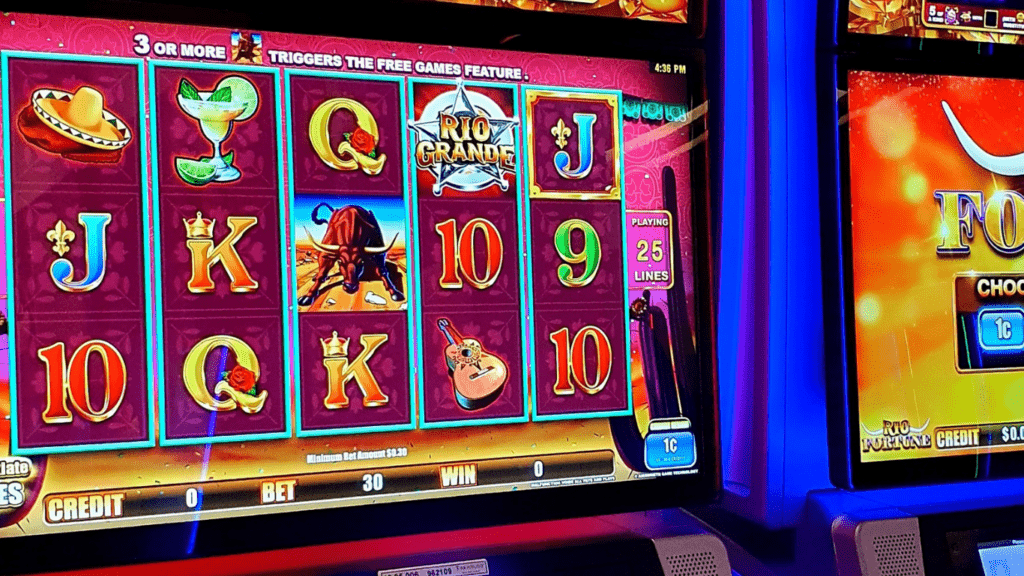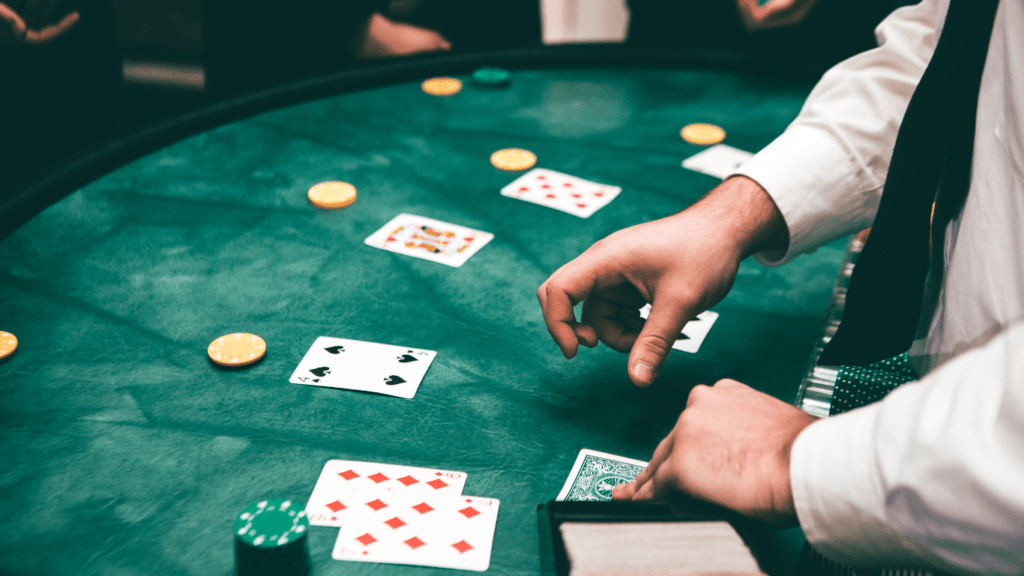Preschool Puzzle Dimensions
Are you looking for the perfect puzzle for your curious 3yearold? Choosing the right puzzle size can make a big difference in their learning and development. Let’s dive into what size puzzle for 3 year old would be ideal and how it can benefit them.
Why Puzzle Size Matters
Puzzles are not just fun and games; they play a crucial role in a child’s cognitive and motor skill development. Getting the right size puzzle for a 3yearold ensures that it is challenging enough to keep them engaged yet not too difficult to cause frustration.
What Size Puzzle for 3 Year Old
When selecting a puzzle for a 3yearold, consider the following dimensions for optimal engagement and skillbuilding:
Number of Pieces: Look for puzzles with 9 to 20 large pieces, which are easy for small hands to manipulate and fit together. Piece Size: Aim for chunky pieces that are approximately 2 to 3 inches in size to prevent choking hazards. Overall Size: Opt for puzzles that are around 9 x 12 inches in dimension, providing enough space for the child to work on the puzzle comfortably.
Benefits of the Right Puzzle Size
Choosing the right puzzle size for a 3yearold offers numerous benefits that contribute to their overall development:
Fine Motor Skills: Manipulating puzzle pieces helps improve handeye coordination and fine motor skills. Cognitive Skills: Solving puzzles enhances problemsolving abilities, shape recognition, and spatial awareness. Patience and Persistence: Completing a puzzle teaches patience and encourages children to persevere through challenges.
Recommendations for Preschool Puzzles
To ensure that your 3yearold benefits the most from their puzzle experience, keep the following tips in mind:
Theme: Select puzzles with themes that interest your child, such as animals, vehicles, or colorful shapes. Durability: Choose puzzles made of sturdy materials that can withstand rough handling and frequent use. Safety: Always prioritize safety by purchasing puzzles that are nontoxic and free of small parts that could be swallowed. Engagement: Rotate puzzles to maintain interest and introduce new challenges for your child.
In Conclusion
The right puzzle size is key to unlocking the full educational potential of preschoolers. By considering the dimensions mentioned above and following the recommendations provided, you can enhance your child’s learning experience and watch them thrive as they master each piece of the puzzle. So, what size puzzle for 3 year old will you choose next?


